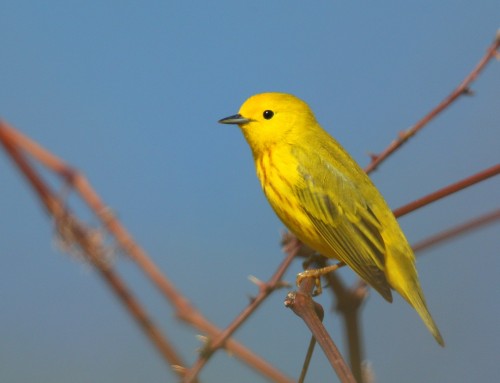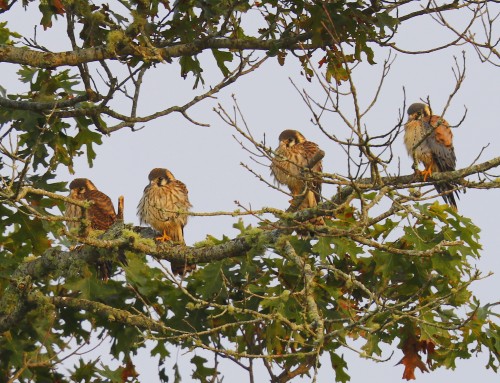March 15, 2024: The Tufted Titmouse, a common songbird in Falmouth, prepares for the spring breeding season by establishing territories through singing and nest site selection. They build cup-shaped nests using moss and grass, engage in courtship displays, and share parental care duties, ensuring successful reproduction. This Tufted Titmouse was recently seen on the Shining Sea Bikeway in North Falmouth.
Tufted Titmice are small, active songbirds found all over Cape Cod, and throughout much of North America. Like many other bird species, they prepare for the breeding season in spring with a series of behaviors and adaptations. Here’s how Tufted Titmice typically prepare for spring breeding:
1. Territory Establishment: As spring approaches, Tufted Titmice become more territorial. Males often begin singing to establish and defend their territories against other males. They may also engage in aggressive behaviors such as chasing intruders away.
2. Nest Site Selection: Tufted Titmice typically choose a suitable nesting site for breeding. They prefer cavities in trees, such as old woodpecker holes or natural crevices, but they may also use nest boxes provided by humans. Both male and female titmice participate in selecting and preparing the nest site.
3. Nest Building: Once a suitable site is chosen, Tufted Titmice begin constructing their nest. They primarily use moss, grass, bark, and leaves, which they weave together into a cup-shaped nest. The female typically takes the lead in nest building, while the male may assist by bringing materials.
4. Courtship Displays: Courtship behaviors in Tufted Titmice can be subtle but are crucial for pair bonding. Males may perform courtship displays such as singing, hopping, and fluffing up their feathers to attract females. Mutual preening and feeding between the pair also strengthen their bond.
5. Egg Laying and Incubation: Once the nest is built and the pair bond is established, the female Tufted Titmouse lays a clutch of eggs, usually ranging from 3 to 9 eggs. She incubates the eggs alone while the male helps by bringing her food. Incubation typically lasts for about 12 to 14 days.
6. Parental Care: After the eggs hatch, both parents participate in caring for the nestlings. They take turns feeding the chicks, which primarily involves bringing them insects and other small invertebrates. Tufted Titmice are known to be diligent parents, often making numerous trips to and from the nest throughout the day to provide food for their hungry offspring.
Overall, Tufted Titmice exhibit a range of behaviors and adaptations to prepare for the spring breeding season, ensuring the successful raising of their young and the continuation of their species.







Leave A Comment
You must be logged in to post a comment.